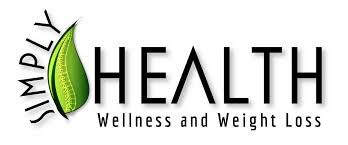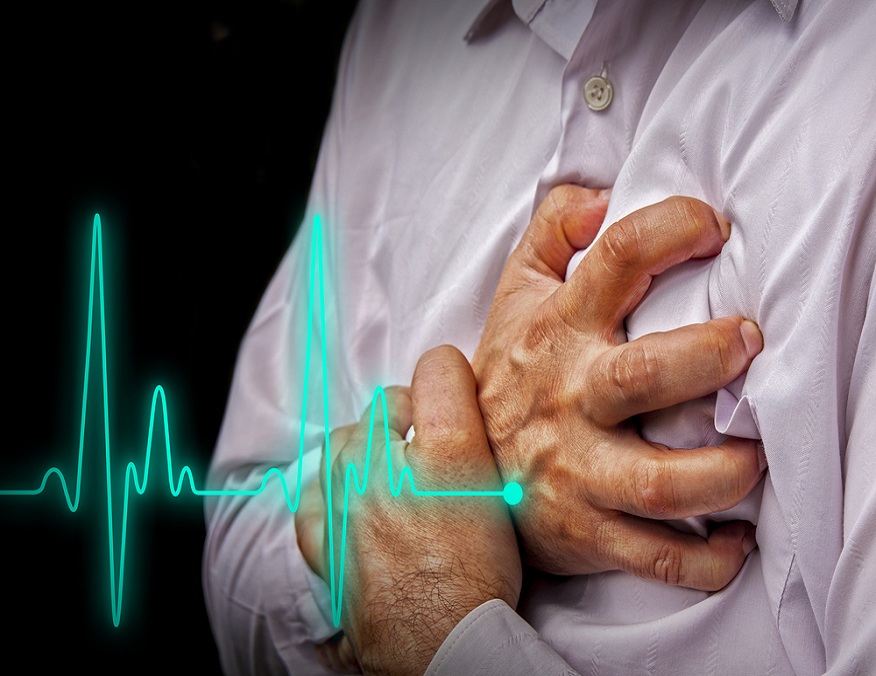Our hearts are more than just symbolic; they hold the key to our overall well-being. Being able to distinguish between a normal pulse rate and dangerous heart rates is crucial for maintaining optimal cardiovascular health.
In this blog, we will explore the importance of monitoring heart rate, recognize the cardiac arrest symptoms, differentiate between normal and dangerous heart rates, delve into the significance of heart resting rate, and shed light on common cardiac diseases. By acquiring this knowledge, we empower ourselves to proactively care for our hearts.
The Importance of Monitoring Heart Rate
Monitoring our heart rate provides valuable insights into our cardiovascular health. A normal pulse rate typically falls between 60 & 100 beats per minute (BPM) for adults at rest. An individual’s heart rate can be influenced by a number of variables, including age, level of fitness, medication use, and underlying medical conditions.
Regularly monitoring our heart rate allows us to detect abnormalities or irregularities that may indicate potential health issues. Consistently high or low heart rates can serve as warning signs of underlying conditions requiring medical attention. Indicators of cardiac arrest include sudden changes in heart rate. Additionally, if such indications appear, it is crucial to seek prompt medical attention.
Recognizing Cardiac Arrest Symptoms
Cardiac arrest is a life-threatening situation that occurs when the heart suddenly stops pumping blood. Recognizing the cardiac arrest symptoms is crucial for prompt medical intervention. While cardiac arrest often strikes without warning, there are common signs to be aware of:
1. Sudden loss of responsiveness: The person becomes unresponsive and fails to react to external stimuli.
2.Absence of normal breathing: The person ceases to breathe or exhibits irregular gasping breaths.
3. Lack of pulse: Checking for a pulse at the carotid artery (neck) or wrist.
If these symptoms are observed, it is vital to immediately call emergency services and commence cardiopulmonary resuscitation (CPR) until medical professionals arrive. Acting swiftly significantly improves the chances of survival.
Differentiating Normal and Dangerous Heart Rates
While a normal heart resting rate falls within the range of 60 to 100 BPM, dangerous heart rates can vary based on age, health status, and specific circumstances. The following scenarios may indicate dangerous heart rates:
1. Bradycardia: Consistently having a heart rate below 60 BPM at rest could indicate bradycardia. This condition is found through symptoms like fatigue, dizziness, and fainting by preventing the body from receiving enough blood flow and oxygen.
2. Tachycardia: Conversely, consistently having a heart rate above 100 BPM at rest is called tachycardia. An increased heart rate places strain on the heart and can cause complications like palpitations, shortness of breath, and chest pain.
3. Exercise-induced heart rates: During physical activity or exercise, it is normal for heart rate to increase. However, excessively high heart rates that do not return to normal within a reasonable time after exercise cessation may warrant attention.
It is important to consider that dangerous heart rates can be influenced by various factors, involving stress, medications, caffeine intake, and underlying medical conditions. If persistent abnormal heart rates or accompanying symptoms are experienced, consulting a healthcare professional is advisable.
The Significance of Resting Heart Rate
Resting heart rate, observed during complete rest, holds valuable insights into cardiovascular health and overall fitness. A lower heart resting rate is generally associated with better cardiovascular conditioning.
Age, fitness level, and genetics can influence an individual’s heart resting rate. Monitoring resting heart rate over time allows for the identification of changes or trends that may require attention. An increase in resting heart rate may indicate a decline in cardiovascular fitness or the presence of underlying health issues.
Understanding Cardiac Diseases
Heart diseases encompass various conditions that impact the structure and function of the heart. Recognizing the link between heart rate and cardiac diseases is crucial for identifying potential risks and taking proactive measures. The following are common cardiac diseases and their impact on heart rate:
1. Coronary artery disease (CAD):Coronary artery disease (CAD) is one cardiac condition that influences heart rate. The arteries that carry blood to the heart narrow or become blocked when this disease develops. Individuals with CAD may еxpеrіеnce symptoms like chest pain (angina), and an increase in heart rate as blood flow and oxygen supply are reduced.
2. Arrhythmias: Arrhythmias, which are abnormal heart rhythms, can cause the heart to beat too slowly, too quickly, or irregularly.
3. Heart failure: Heart failure occurs when the heart cannot pump enough blood to meet the body’s needs. In response, the heart may beat faster to compensate for reduced efficiency, resulting in an elevated heart rate.
Recognizing risk factors like high blood pressure, smoking, high cholesterol, obesity, and a sedentary lifestyle is vital for preventing cardiac diseases. Adopting a heart-healthy lifestyle that involves regular exercise, a balanced diet, stress management, and regular check-ups significantly reduces the risk of heart-related complications.
Conclusion
Our hearts speak to us through their rhythms, and it is imperative that we listen attentively. By understanding normal pulse rates, recognizing cardiac arrest symptoms, differentiating between normal and dangerous heart rates, appreciating resting heart rate, and comprehending cardiac diseases, we empower ourselves to prioritise cardiovascular health.
Through regular monitoring, interpretation, and seeking medical advice when necessary, we actively listen to our hearts and take proactive steps toward a healthier, more fulfilling life. Our hearts deserve our attention and care. Let us embrace the knowledge and insights gained from listening to our hearts and create a future filled with heart health and well-being for ourselves and our loved ones.
Need tips on achieving optimal heart health? Consult an expert cardiologist today!




